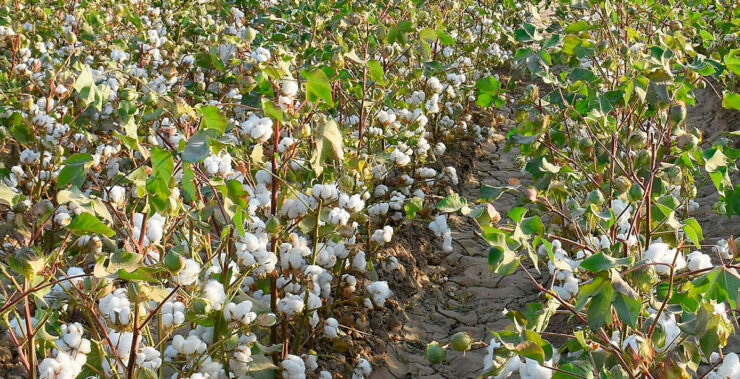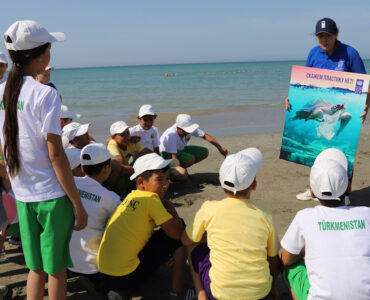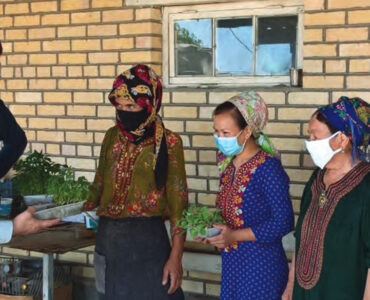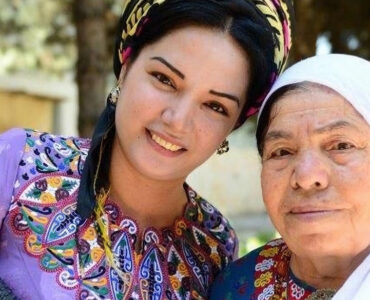In the study, the Application of drip irrigation for cotton farming in Central Asia: The case of Turkmenistan, published in the Journal of Water and Land in 2021, Begmyrat Kulmedov of Nile University of Nigeria and Vladimir I. Shcherbakov of Voronezh State Technical University set out to find the best method of optimizing water consumption for achieving water savings and obtaining good yields in cotton production, an industry which has been expanding in Turkmenistan since the 1960’s.
Soil and water resources are the most important natural resources in Turkmenistan, and the key objective is to optimize their use to meet the domestic demand for food and to figure out how to best improve the socio-economic development of society in Turkmenistan.
The study highlights challenges that Turkmenistan is facing.
- Drought and increased water consumption: There are two main reasons why Turkmenistan must reduce water consumption in agriculture. The first reason is Turkmenistan’s susceptibility to drought. The second reason is the increase in water consumption by industry and households, caused by population growth, which creates the need for irrigating the agricultural fields more effectively than before.
- High water consumption in the agricultural industry throughout Turkmenistan has led to difficulty accessing water resources, and seeing as agriculture still contributes around 8-9% of Turkmenistan’s GDP, it is crucial to solve this issue. Around 81% of Turkmenistan’s land resources are agricultural lands.
Methodology
- The study examines an experiment that was carried out in an agricultural field at a cotton research center in the Yolöten district of Turkmenistan. The experiment was conducted over three consecutive years and the area where it was conducted consisted of sandy soil and covered a total of four ha, two ha of which were used to test drip irrigation (involves transportation of water to plants via a manmade system) and the other two for testing furrow irrigation (uses the natural pull of gravity to lead the flow of water to furrows dug next to plants). This is typically the default method of irrigation.
- The cotton sowing took place in this field in the middle of April, which is the time when the temperature is optimum.
- The cotton-picking continued until the end of November (when the cotton bolls froze).
Results and Conclusion
- By furrow irrigation method, 5000 m3∙ha^-1 of water was consumed, which is accepted as an average for Turkmenistan (it is watered 4 or 5 times, depending on demand). As a result, an average yield of 4.75 Mg of cotton was collected.
- In the drip irrigation method, 3000 m3∙ha^-1 of water was used during the first year; the water consumption in the subsequent years amounted to 3500 and 4000 m3∙ha^-1. As a result, the amount of harvested cotton was 5, 5.79, and 5.81 Mg∙ha^-1.
- As a result of this analysis, it can be concluded that drip irrigation can reduce water consumption by up to 1000-2000 m3∙ha^-1 (that is 20-40%) in comparison to the traditional irrigation method, while still allowing for good harvest.
- This study found that although the initial investment cost is high, the application of a drip irrigation system has a positive impact on the yield of the agricultural products. Therefore, it is important to take action now and implement a drip irrigation system in Turkmenistan to achieve resource-efficient agricultural results and to improve socio-economic conditions.






